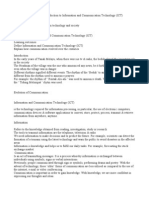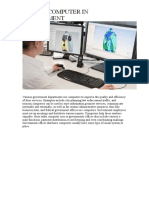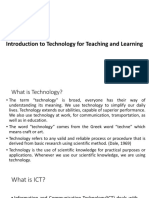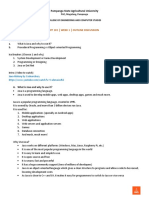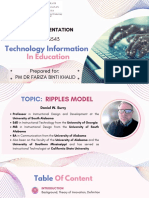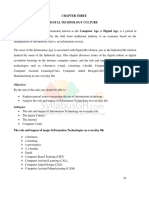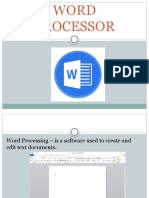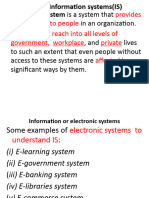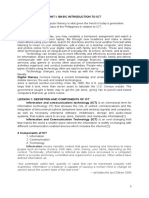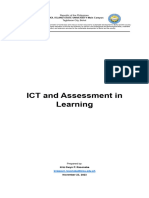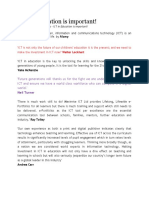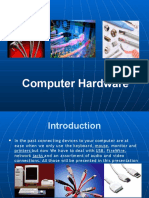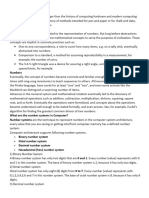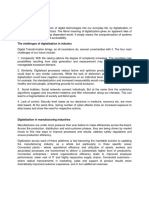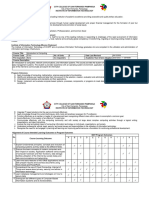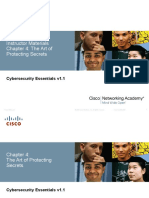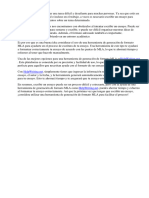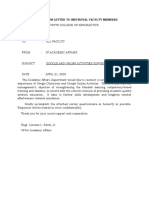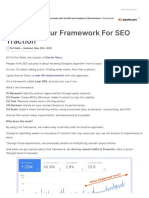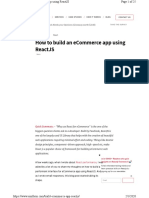100% found this document useful (2 votes)
2K views4 pagesIntroduction To Digital Literacy
Digital literacy refers to an individual's ability to find, evaluate, utilize, share, and create content using information technologies and the internet. It involves skills such as media literacy, information literacy, ICT literacy, communication, collaboration, identity management, and learning. Digital literacy abilities include using technology competently, interpreting digital content and assessing credibility, and creating and communicating using appropriate tools. Digital literacy is applied in many areas including education, science, culture, communication, business, and health.
Uploaded by
nicha22diamanteCopyright
© © All Rights Reserved
We take content rights seriously. If you suspect this is your content, claim it here.
Available Formats
Download as DOCX, PDF, TXT or read online on Scribd
100% found this document useful (2 votes)
2K views4 pagesIntroduction To Digital Literacy
Digital literacy refers to an individual's ability to find, evaluate, utilize, share, and create content using information technologies and the internet. It involves skills such as media literacy, information literacy, ICT literacy, communication, collaboration, identity management, and learning. Digital literacy abilities include using technology competently, interpreting digital content and assessing credibility, and creating and communicating using appropriate tools. Digital literacy is applied in many areas including education, science, culture, communication, business, and health.
Uploaded by
nicha22diamanteCopyright
© © All Rights Reserved
We take content rights seriously. If you suspect this is your content, claim it here.
Available Formats
Download as DOCX, PDF, TXT or read online on Scribd
/ 4
